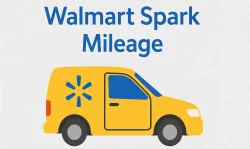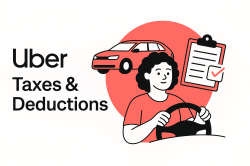Gas Mileage Tracker: Your Key to Savings
Last Updated: August 8, 2025 A gas mileage tracker helps drivers watch their vehicle’s fuel use, mileage, and related costs. You might want one to

Motus Acquires Everlance: What’s Next?
Last updated: October 8, 2025 Big news in the world of mileage tracking: Motus acquires Everlance. Motus, a leader in corporate mileage reimbursement, has officially
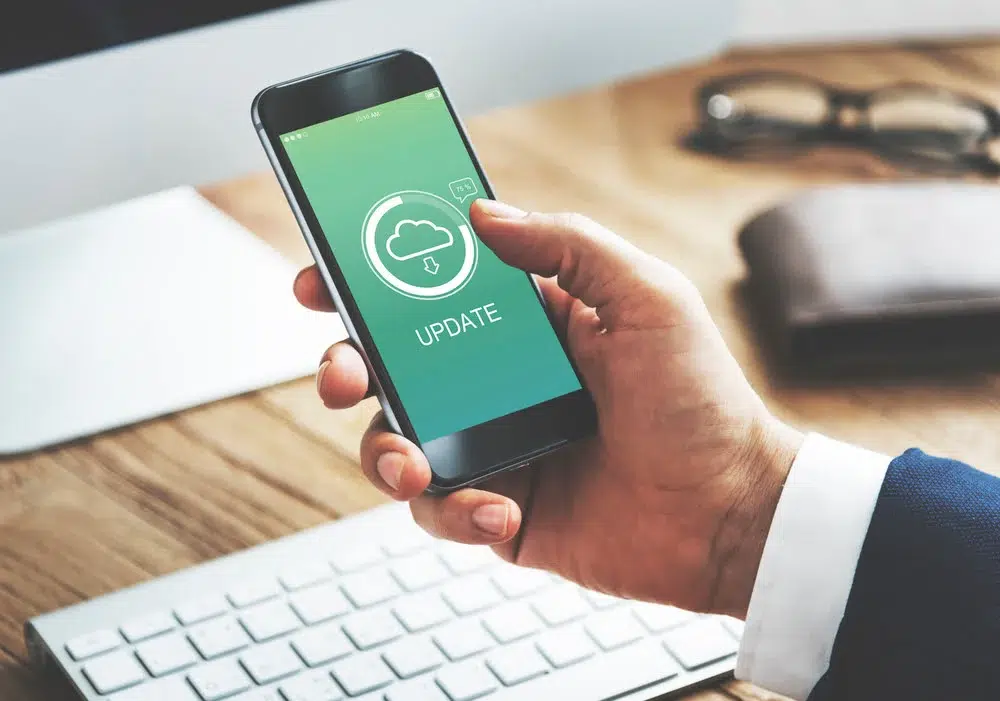
Up-to-Date vs. Outdated Apps: What’s at Stake?
When choosing an app, most people focus on its description, features, and visuals. You check ratings and maybe even read some reviews. But do you
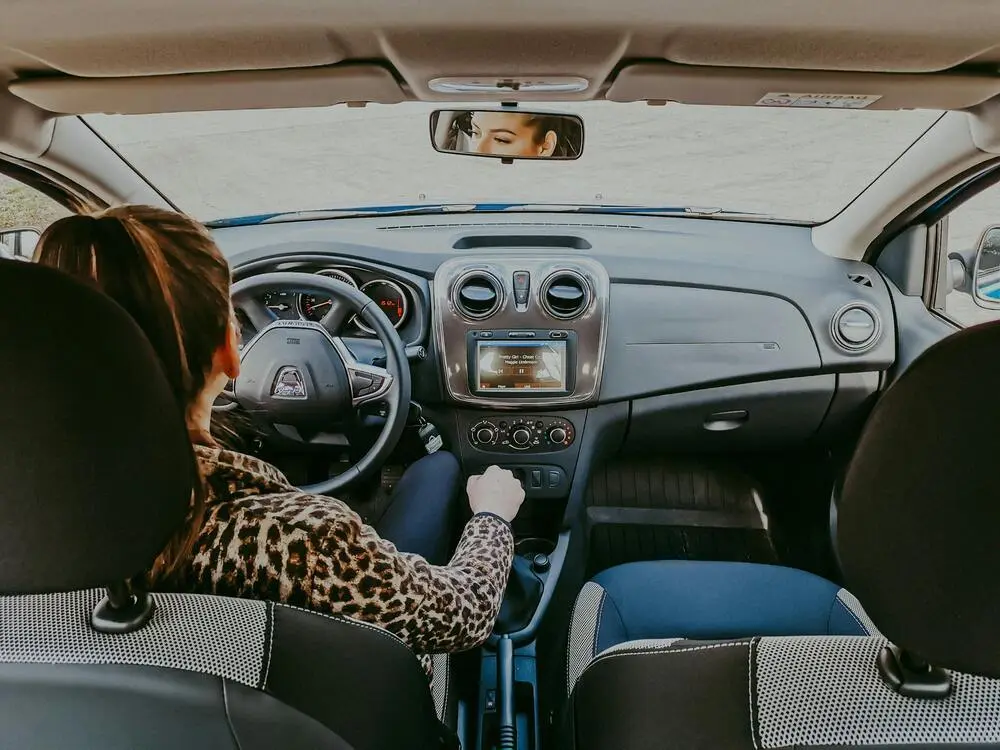
Why You Need a Mileage Recorder in 2025
In a world where efficiency drives success and every cent matters, having a reliable mileage recorder can make all the difference. Whether you’re a business
Tax Write-Off App Insights for your Gig
Last Updated: March 3, 2025 The world of tax regulations can be overwhelming, particularly when you’re part of the gig economy. Managing tax write-offs efficiently
Mileage Tracker App vs. Mileage Spreadsheet
Last updated on February 26, 2024 Ah, the mileage tracker spreadsheet. If you’re self-employed, racking up miles for business on a daily basis, you’ve probably
Last Updated: November 17, 2025
Are you one of the thousands of Instacart shoppers hustling to make deliveries across town and confused about Instacart taxes?
Here’s the thing: over 90% of Instacart shoppers work as independent contractors, not W-2 employees. This means you’re basically running your own business, which comes with different tax responsibilities than a regular job. As you start working in the gig economy, opening that 1099 form for the first time will feel like reading a foreign language! But don’t worry, this guide will walk you through everything you need to know about Instacart shopper taxes.

Table of Contents
Understanding Your Instacart Tax Situation
Let’s get one thing straight: as an Instacart shopper and deliverer, you’re not an employee – you’re an independent contractor. What does this mean for your taxes?
- No tax withholding: Unlike a regular job, Instacart doesn’t take taxes out of your pay
- Self-employment tax: You’re responsible for both the employer AND employee portions of Social Security and Medicare taxes (15.3% total)
- 1099-NEC form: If you earn over $600, Instacart will send you this form instead of a W-2
Many shoppers mistakenly believe they don’t need to report income under $20,000. This is FALSE! You must report all income to the IRS, even if it’s just a few hundred dollars.
“But I only did Instacart on weekends!” It doesn’t matter – the IRS still wants to know about that money.
Essential Tax Obligations for Instacart Shoppers
Remember when you got your first paycheck from a regular job and saw all those deductions? Well, now as a self-employed worker, you’re responsible for handling that yourself. Here’s what you need to know:
Quarterly Estimated Tax Payments
If you expect to owe $1,000 or more in taxes, the IRS wants you to make payments throughout the year. Think of it like paying as you go, rather than one big bill in April.
Payment due dates:
- April 15
- June 15
- September 15
- January 15 (of the following year)
Missing these deadlines can cost you big time! The IRS charges penalties of up to 5% per month on unpaid amounts. That’s like paying extra interest on a loan you didn’t even want!
Filing Your Annual Tax Return
April is when everything becomes official. As an independent contractor, you must file:
- Form 1040 (your main tax return)
- Schedule C (reports your Instacart income and deductions)
- Schedule SE (calculates your self-employment tax)
This is where you:
- Report all the income Instacart paid you
- Claim deductions like mileage, phone bill, hot bags, parking, and other business expenses
- Calculate how much tax you still owe after quarterly payments
If you skipped or underpaid your estimated taxes, April is when the remaining amount gets settled.
Multi-State Considerations
Do you cross state lines for deliveries? This complicates things. You may need to file non-resident tax returns in other states where you earned income. Many learn this the hard way when they pick up deliveries in a neighboring state during a busy holiday season. Each additional state filing typically costs $50-$100 extra when using tax software.
Maximizing Deductions for Instacart Taxes
Here’s where things get interesting! As an independent contractor, you can deduct business expenses to lower your taxable income. Think of deductions as little tax gifts – they can save you thousands!
Phone and Technology Deductions
Your smartphone isn’t just for TikTok anymore – it’s a business tool! You can typically deduct 50-70% of your phone bill if you use it for Instacart.
Think about it: you’re constantly using your phone to:
- Check orders
- Navigate to stores and customers
- Communicate with customers
- Take delivery photos
Don’t forget about other tech expenses like phone mounts, chargers, and portable batteries!
Equipment and Supplies
Remember all those things you bought to do your job better? They’re probably deductible:
- Hot bags and coolers
- Insulated grocery totes
- Car organizers
- Delivery bags
- Portable phone chargers
Even small purchases add up. That $20 phone mount might not seem like much, but combine it with other deductions, and you’re looking at real savings!
Home Office Deduction
Did you know you might qualify for a home office deduction? Even though your car is your main workspace, many shoppers use part of their home to:
- Plan routes
- Track expenses
- Manage orders
- Handle administrative tasks
To qualify, the space must be used exclusively for business. That means your living room couch doesn’t count if you also watch Netflix there!
How it works: Calculate what percentage of your home is used for business, then apply that percentage to eligible expenses like rent, utilities, and internet.
For example, if your home office takes up 10% of your living space, you could deduct 10% of your rent and utilities as a business expense.
Vehicle Expenses
Your car is your most important work tool. You have two options for deducting vehicle expenses:
- Standard mileage rate: 70¢ per mile in 2025
- Example: 10,000 miles = $7000 deduction
- Simpler method, just track your miles
- Actual expenses method: Track all car-related costs
- Gas, repairs, insurance, depreciation
- Must calculate the percentage used for business
- More paperwork, but might be worth it for high-cost vehicles
Which is better? For most shoppers, the standard mileage rate is simpler and often more beneficial.
Record-Keeping Strategies for Instacart Shoppers
Keeping track of mileage, expenses, and receipts can get overwhelming fast, especially when you’re juggling multiple batches a day. That’s why many Instacart shoppers rely on digital tools to stay organized and avoid losing money at tax time. The right apps can help you log your miles, store receipts, track expenses, and generate the records the IRS expects to see.
Among mileage trackers, MileageWise stands out. It doesn’t just track your trips, it helps you rebuild missed miles, create fully IRS-compliant mileage logs, and stay audit-ready without hours of manual work. If you want to simplify record-keeping and maximize your deductions, this is the tool that gives you an edge.
Try MileageWise for free for 14 days. No credit card required!
AI Logs & Google Timeline Import
Handling Audits and Compliance
The word “audit” strikes fear in most people, but knowing what to expect can help ease anxiety.
While the IRS pays attention to gig workers, most taxpayers never get audited. If you do receive an IRS audit notice:
- Respond promptly
- Provide requested documentation
- Consider hiring a tax professional for help
Remember: good record-keeping is your best defense against audit headaches!
Special Considerations for Instacart Shoppers
Joint Filing Benefits
If you’re married, filing jointly typically results in significant tax savings – potentially $3,000 to $7,000 compared to filing separately!
Tax Software Recommendations
For most Instacart shoppers, tax software like TurboTax, H&R Block, or TaxSlayer can handle your needs. Just be prepared to pay extra for:
- Self-employment tax forms
- Multiple state filings
- Additional Instacart shopper tax forms for deductions
Conclusion
Managing your Instacart taxes might seem overwhelming at first, but breaking it down into manageable steps makes it much easier. Remember these key points:
- Track everything: miles, expenses, receipts
- Save for taxes: set aside 25-30% of your earnings
- Make quarterly payments: avoid penalties by paying as you go
- Maximize deductions: don’t leave money on the table
- Stay organized: use apps and digital tools to make life easier
By understanding your tax obligations and taking advantage of all eligible deductions, you can significantly reduce your tax burden and keep more of your hard-earned money. Have questions about your specific situation? It’s always best to consult with a tax professional who can provide personalized advice. Happy shopping and happy tax saving!
Try MileageWise for free for 14 days. No credit card required!
AI Logs & Google Timeline Import
FAQ
Will Instacart send me a 1099 form?
Instacart sends a 1099-NEC if you earn $600 or more in a calendar year. But even if you don’t receive a form, the IRS expects you to report all earnings — tracked or untracked.
Does Instacart track my mileage for taxes?
No. Instacart does not track or report your mileage. You are responsible for tracking your business miles.
Leading gig apps like Uber, Lyft, and DoorDash provide you with a mileage estimate, but apps like MileageWise track every eligible mile, not just online miles. Not tracking those miles can mean hundreds in lost deductions.
What happens if I don’t track mileage as an Instacart shopper?
You could miss out on thousands of dollars in tax deductions. Without a mileage log, the IRS may disallow your mileage claim during an audit.

DoorDash Tips and Tricks: Your Edge Over Competition
Last Updated: November 17, 2025 I’m excited to share the top DoorDash tips and tricks shared by YouTuber Pedro “Mr.BetonYou” Santiago. He collected and vetted the

8 Uber and Lyft Scams Every Driver Should Know
Last Updated: November 9, 2025 Driving for Uber or Lyft can be a rewarding gig, offering flexibility and the chance to meet new people. However,
SherpaShare Shutdown – What To Do Now?
Last Updated: October 7, 2025 SherpaShare was a service designed primarily for people who work as independent contractors, particularly those in the ride-sharing and delivery
Gas Mileage Tracker: Your Key to Savings
Last Updated: August 8, 2025 A gas mileage tracker helps drivers watch their vehicle’s fuel use, mileage, and related costs. You might want one to
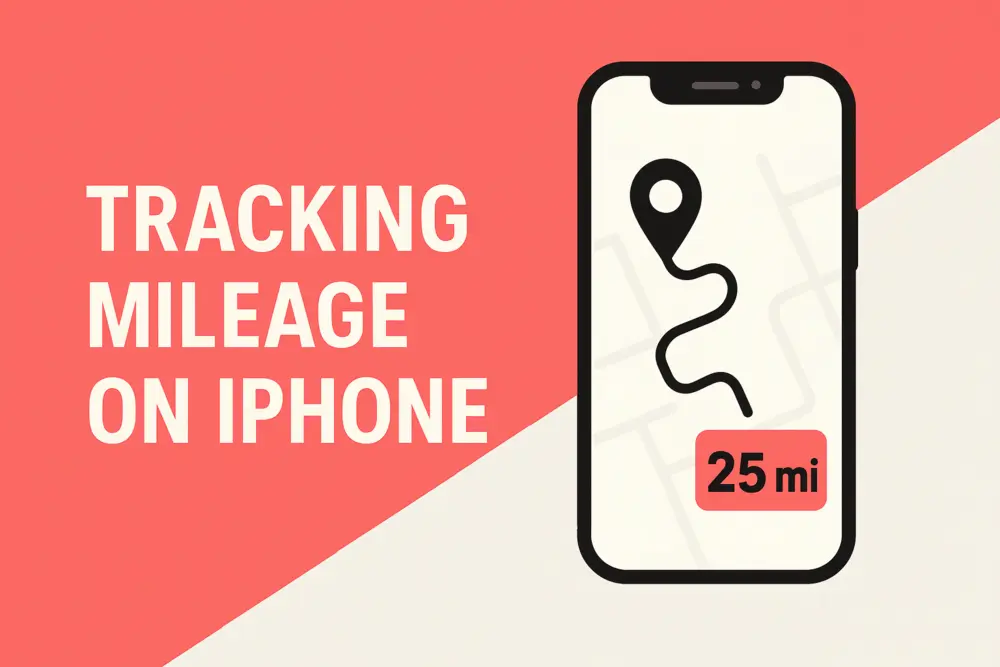
How To Track Miles on iPhone: Find your Match
Last Updated: August 6, 2025 Looking to track miles on your iPhone? Whether it’s for fitness, personal use, or business tax deductions, your iPhone offers
Car Depreciation Calculator for Taxes: Free Tool & Guide
If you drive your personal vehicle for business, you’re missing out if you don’t track depreciation. The IRS lets you deduct car depreciation if you
Related Guides
Related Blogposts

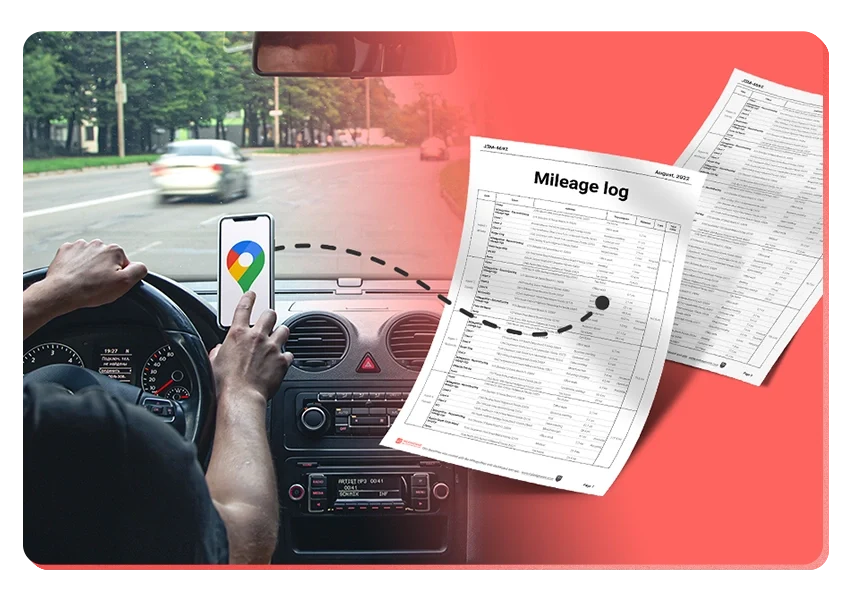
It’s Finally Here! Google Maps Timeline Import from Mobiles
Transform your Trip Lists into Mileage Logs with MileageWise

DoorDash Tips and Tricks: Your Edge Over Competition
Last Updated: November 17, 2025 I’m excited to share the top DoorDash tips and tricks shared by YouTuber Pedro “Mr.BetonYou” Santiago. He collected and vetted the

8 Uber and Lyft Scams Every Driver Should Know
Last Updated: November 9, 2025 Driving for Uber or Lyft can be a rewarding gig, offering flexibility and the chance to meet new people. However,
SherpaShare Shutdown – What To Do Now?
Last Updated: October 7, 2025 SherpaShare was a service designed primarily for people who work as independent contractors, particularly those in the ride-sharing and delivery
Gas Mileage Tracker: Your Key to Savings
Last Updated: August 8, 2025 A gas mileage tracker helps drivers watch their vehicle’s fuel use, mileage, and related costs. You might want one to

How To Track Miles on iPhone: Find your Match
Last Updated: August 6, 2025 Looking to track miles on your iPhone? Whether it’s for fitness, personal use, or business tax deductions, your iPhone offers
Car Depreciation Calculator for Taxes: Free Tool & Guide
If you drive your personal vehicle for business, you’re missing out if you don’t track depreciation. The IRS lets you deduct car depreciation if you

Was Your Google Timeline Deleted? Here’s What Happened:
If you recently opened Google Maps and noticed your Timeline was deleted or partially missing, you’re not alone. In this post, we’ll break down what

It’s Finally Here! Google Maps Timeline Import from Mobiles
Struggling to Manage Your Trips After Google’s Timeline Update? If you’re reading this, you’ve likely encountered the recent update affecting Google Maps Timeline. With Timeline
Transform your Trip Lists into Mileage Logs with MileageWise
Last Updated: October 1, 2025 Do you have a list of monthly trips from a data source like Excel or Google Timeline, but need to

How to Download Google Timeline Data: A Guide
Google Timeline Import Hub Try MileageWise for free for 14 days! START ON WEB Last Updated: October 30, 2025 Want to download Google Timeline data?
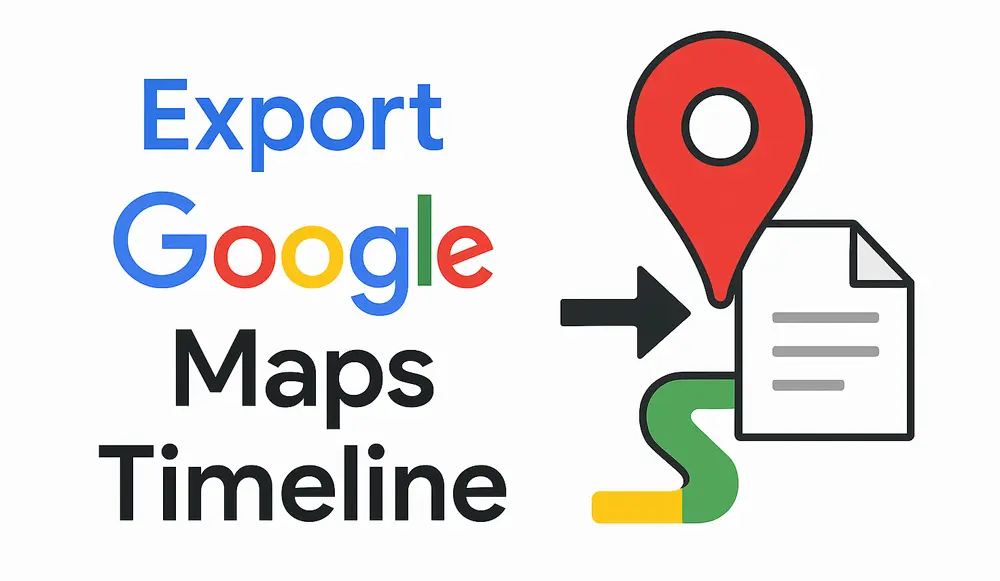
How to Export Google Maps Timeline: Get Your Data
Mileage Log Generator Guide Try MileageWise for free for 14 days! START ON WEB Last Updated: October 29, 2025 It can be tricky to export
Google Maps Mileage Tracker: From Timeline to Mileage Log
Google Timeline Import Hub Try MileageWise for free for 14 days! START ON WEB Last Updated: October 29, 2025 If you’re an active user of
Timeero
Table of Contents Timeero Timeero is a time, location, and mileage tracking app designed for businesses and teams in the United States. It helps employers
Milewise by Allstate
Table of Contents Milewise by Allstate Milewise by Allstate is a pay-per-mile car insurance program offered by Allstate Insurance in the United States. It’s designed
Hurldr
Table of Contents Hurdlr Hurdlr is a finance and expense tracking app designed for self-employed professionals, freelancers, and gig workers in the United States. It



